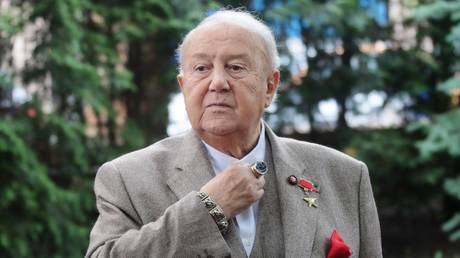Graphics Showcase: Surge in Tourism and Spending during China's Spring Festival
The 2025 Spring Festival holiday, occurring from January 28 to February 4, experienced a surge in tourism and consumption throughout China.

The Ministry of Culture and Tourism reported that there were 501 million domestic trips made in the eight-day period, representing a 5.9 percent rise compared to the previous year. Total domestic expenditure reached 677 billion yuan, which is a 7 percent increase from last year.
This surge is mainly attributed to this year's Spring Festival being the first since its recognition in UNESCO's Representative List of the Intangible Cultural Heritage of Humanity.
Cultural tourism experienced significant growth. Popular interest in museum visits saw locations such as the Palace Museum in Beijing, the Shaanxi History Museum in Xi'an, and the Sanxingdui Museum in Sichuan Province welcoming large numbers of holidaygoers.
Traditional performances also garnered attention, with impressive light displays and evening cultural events taking the spotlight. For instance, the renowned fish-shaped lanterns delighted visitors in Huangshan City, while the traditional Yingge dance, also known as the "dance to the hero's song," drew crowds in Shantou City.
Data from Ctrip, a prominent Chinese online travel platform, indicated that destinations associated with intangible cultural heritage, including Kaifeng in Henan Province, Shantou in Guangdong Province, and Huangshan in Anhui Province, saw search volumes double. Additionally, travel bookings in Shantou, Kaifeng, and Huangshan grew by 20 to 40 percent compared to last year.
Winter tourism continued to be popular, especially at ski resorts in areas like Yabuli and Altay, which experienced an influx of visitors. In contrast, warmer regions such as Hainan, Guangxi, and Yunnan attracted tourists looking to escape the chill of northern China.
Technological innovations significantly enhanced the holiday experience, offering everything from AI-guided tours to AI-themed temple fairs. In Liuyang City, global fireworks capital, visitors marveled at displays that integrated drones, holographic projections, and various technologies to create enchanting visuals, including effects resembling meteor showers.
Cross-border tourism also expanded, with 14.37 million international trips recorded during the holiday—a 6.3 percent increase from last year, according to the National Immigration Administration.
Among these, 7.67 million were undertaken by mainland Chinese residents, while nearly 5.74 million came from Hong Kong, Macao, and Taiwan, showing growth rates of 5 percent and 5.6 percent, respectively.
Foreign visitors also expressed interest in China, with 958,000 international tourists making cross-border journeys during the holiday—a 22.9 percent rise compared to the previous year, the NIA reported.
Ctrip's data reflected a sharp increase in inbound tourism bookings, with ticket orders up by 180 percent relative to last year's holiday period and hotel reservations rising by over 60 percent.
Notably, destinations highlighting intangible cultural heritage, such as Shijiazhuang, Fuzhou, and Xi'an, saw significant booking increases of 50 percent, 52 percent, and 97 percent, respectively.
With a dynamic blend of tourism, cultural festivities, and technology-driven experiences, this year's Spring Festival solidified its position as a remarkable global event.
Camille Lefevre for TROIB News
Discover more Science and Technology news updates in TROIB Sci-Tech












